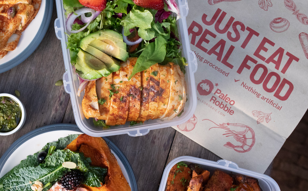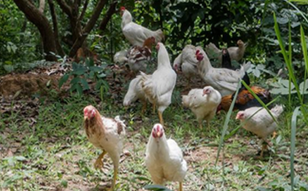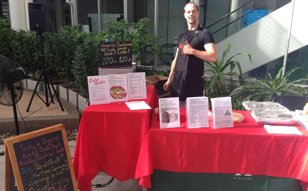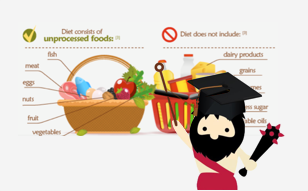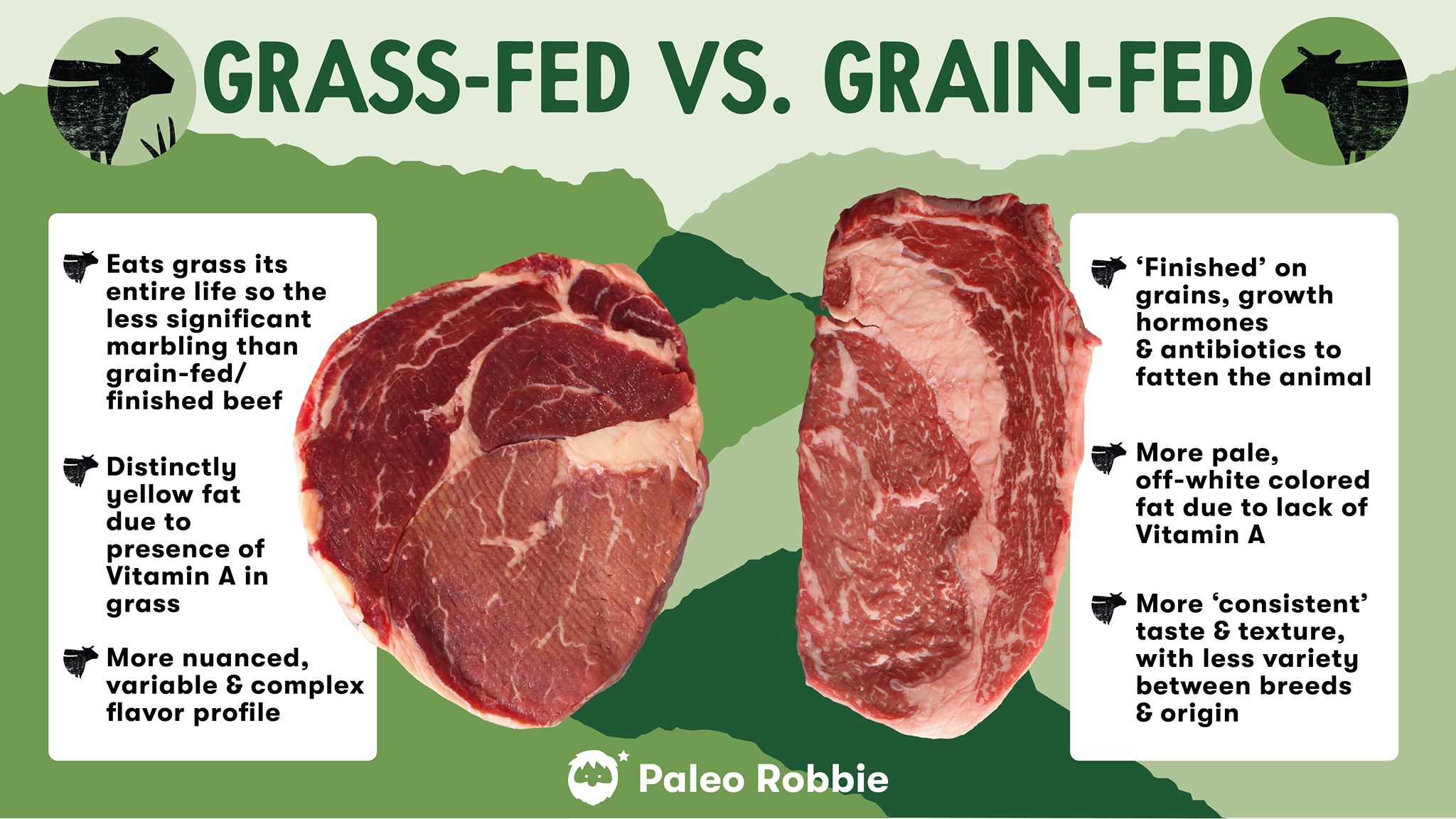
Beef is a staple in the Paleo diet, but not just any beef. Grass-fed beef, specifically is an incredible source of nutrition. Grass-fed beef provides value for money since you're getting more nutritional bang for your buck.
At Paleo Robbie, we try to make the best grass-fed meat accessible and affordable to everyone in Thailand. All our meat items are imported directly from New Zealand, are completely natural i.e. grass-fed (fed on natural pasture), antibiotic-free, hormone-free, and are farmed ethically and sustainably.
What does Grass-Fed mean?
It means exactly what it sounds like: cows eat grass as well as other grass-like things that you would naturally find in a field that a cow would naturally eat. But don't all cows eat grass?
Yes, and no.
Most cows are fed grass at the early stages of their lives. When it comes time to fatten them up, they’re moved to feedlots where they live in confined spaces and eat mostly grains, corn and other 'food' that's not part of their natural diet. So while all cows usually start out on grass, only exclusively grass-fed cows live out their entire lives on grassland.
Conventional grain-fed cattle are packed into feedlots that are unhygienic and where disease can quickly spread. This is one of many reasons why they’re hooked up to a range of antibiotics. Compare this to the stress-free lush pastures that grass-fed cows enjoy their entire lives on and you'll quickly see why grass-fed cows are ethically superior.
So if cows get sick in a feedlot, why not leave them out on pasture?
- • It’s more profitable for the farmer: By feeding the cow grains, which is more-calorie dense than grass, the farmer saves a lot of time to get them to the right weight. A grass-fed cow takes 2 years, but a feedlot cow just 16 months.
- • It’s low in cost for the consumer: By saving the farmer time and thus money, they're able to pass down some of the cost savings to you.
- • There’s consumer demand for grain-fed meat: Many consumers actually prefer grain-fed beef as it's typically quite fatty (marbled) and generally has a mild/bland taste to it. Grass-fed beef tends to be leaner and tastes more like beef.
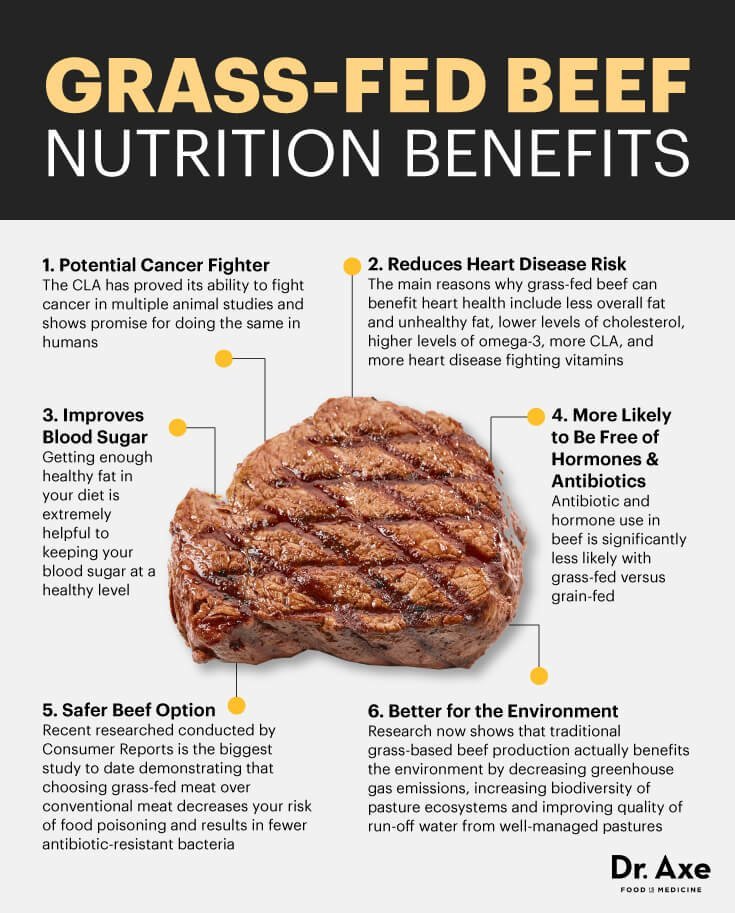
Grass-Fed vs. Organic
“Grass-fed” is not the same thing as “organic.”
The USDA standards for organic beef specify that the animals cannot be treated with hormones or antibiotics; and that they must be given access to the outdoors, and organic, vegetarian feed.Organic meat can still come from grain-fed cows that spend time in a feedlot, as long as the grain is organic and some access to outdoors is provided.
While some beef is both organic and grass-fed, that's mostly not the case, and they are definitely not the same.
Why Grass-Fed?
Paleo is big on grass-fed meat, and for good reason: Grass-Fed beef is significantly more nutritious
• Grass-fed beef contains a significant amount of conjugated linoleic acid (CLA), which has great health attributes, such as aiding in the prevention of cancer, heart disease, osteoporosis, high blood pressure and inflammation.
• The amount of Vitamin K2 in factory-farmed meat is much lower than the amount in grass-fed meat. The greatest quantities of Activator X were found in the butter, milk, and meat of cows that grazed on lush green pastures in the spring. Vitamin K2 is important for heart health and bone health as it helps get calcium into your bones (where it belongs) and not into your arteries (where it causes plaque and heart attacks).
• Grass-fed beef contains higher levels of heart-healthy omega-3 fatty acids.
• Grass-fed beef has more heart disease-fighting antioxidant vitamins, like vitamin E.

Grass-fed cows are raised ethically
The happier the cow, the healthier the cow. Sadly, that is not the mindset that most meat industries have. A cow that is grain-fed lives in concentrated Animal feeding operations (CAFOs), which is usually overcrowded and unsanitary. CAFO cows often stand up knee high in their own manure.
Ever heard of mad cow disease or E. Coli? These are all results of modern day industrial cattle farming. This is unlikely to occur in pasture-fed cows. New Zealand is a country where cows are almost exclusively grass-fed and consequently never had any of these outbreaks.
CAFO cows are fed a concentrated mix of corn, soy, grains, and other supplements. A feedlot cow can grow to full weight up to a year faster than a cow fed only forage, grass, and hay. The problem is that cows aren't made to eat grains; they are made to only eat grasses and herbs. This is another reason cows in feedlots can get sick, which is why they're given antibiotics.
Currently the agricultural industry uses most of the worlds antibiotics, which is a big issue. Pasture-fed cows rarely receive antibiotics. Less than 1 in 1,000 will ever need any. And even when they do it's temporary. This is because pasture-fed cows tend to be perfectly healthy.
Big industrial farms also feed cows more than just grain or corn. They supplement the food with animal by-products, which is dangerous and unhealthy. They do this simply because it fattens a CAFO cow up even faster and it saves cost. They also add HGP (hormone growth promoter) to make them grow even faster.
All of these by-products, hormones and antibiotics end up in the meat to some degree.
In Michael Pollan's 2002 article "Power Steer" , he describes the exact life of the CAFO cow. It's a long read, but very insightful if you want to know more about the industry and why it matters where your meat comes from.
Summing it Up
If you made it this far you might be thinking: Grass-fed beef is much more expensive than grain-fed. Why bother when I can save a couple baht?
Grass-fed beef is important. Yet it doesn't have to be much more expensive.
The pasture-fed beef steaks we import from New Zealand are actually cheaper than most grain-fed beef you'll find in Bangkok. It’s also nutritionally superior, it’s environmentally sustainable, it doesn’t breed antibiotic-resistant bacteria and it doesn’t involve stomach-turning amounts of cruelty to animals. All these horror stories you see in recent popular documentaries are about CAFO cows, not grass-fed cows.
At Paleo Robbie, we offer 100% Grass-fed beef imported directly from New Zealand's lush farms at an affordable price.

 Latest
Latest Newsletters
Newsletters Learn
Learn Recipes
Recipes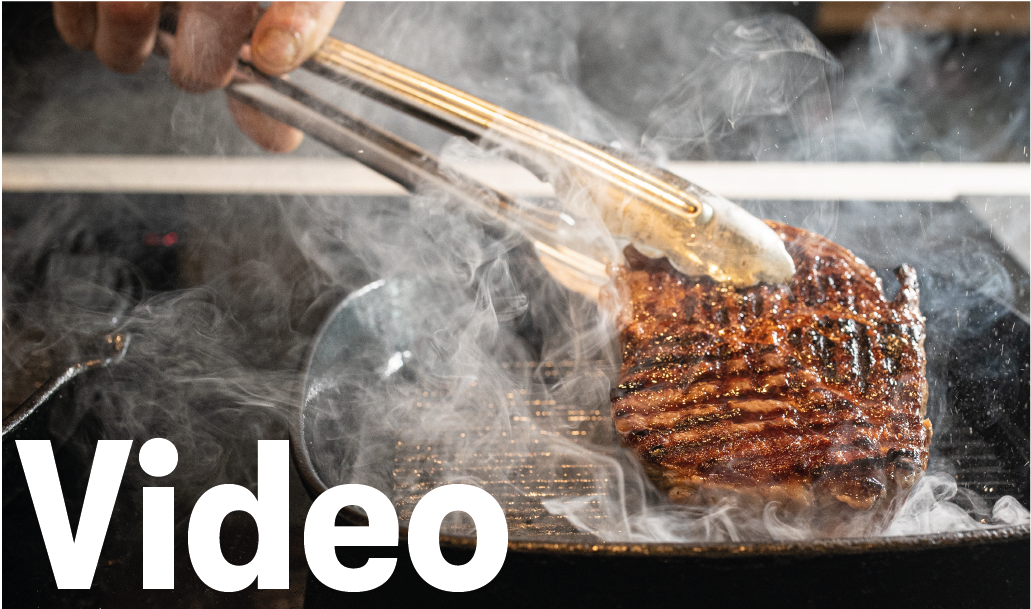 Video
Video